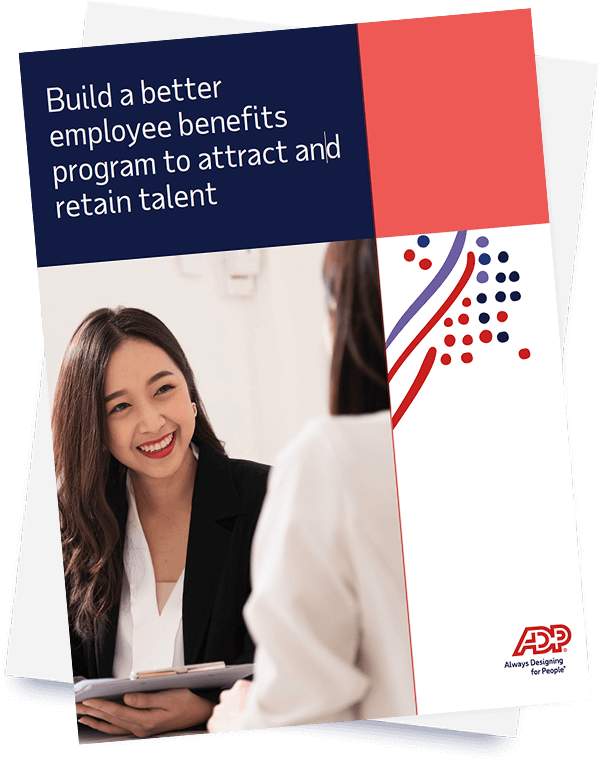Eight considerations for building a better employee benefits program
Benefits are a foundational element of your employer value proposition. They provide insight into your organization’s culture, communicating to workers how much you value their physical, mental and financial well-being. That’s why it’s important to continually examine your benefits and compare them to the offerings that current and prospective employees want and need. Here are some of the key points to consider during your evaluation:
- Essentials
Getting the essentials right is one of the first steps to building a benefits program that workers love. Some of the must haves today include group health insurance (medical, dental, vision, disability), paid time off, employee assistance programs, retirement savings plans and more. - Flexibility
Remote, hybrid and on-site working models, as well as flextime, which lets employees choose when they start and finish their workdays, have become highly desirable employer benefits. But avoid one-size-fits-all approaches since people’s personal and professional lives and responsibilities can vary significantly. - Diversity, equity and inclusion (DE&I)
Your benefits program can support your DE&I initiatives by ensuring that your offerings are valuable across various demographics. The four areas to prioritize are affordability, accessibility, representation and transparency. - Personalized decision support
Personalized decision-support tools can help employees make more intelligent benefits decisions and exercise greater control over their selections. Empowering employees in this way can also help reduce administrative burdens for your HR team.
For more of the eight considerations to build a better benefits program that workers can’t resist, download our guidebook.


